We’ve all become keenly aware: preparing lectures for remote presentation has suddenly become fundamentally essential to higher education and research collaboration, here at Cornell as elsewhere around the world—but maybe you’re still a bit of a novice in the process. You’ve created a presentation using PowerPoint and now you’d like to record the lecture that goes with it. The Zoom virtual meeting platform would be one relatively easy way to do that. But how exactly?
If you find yourself feeling a bit stumped by that question—don’t worry. You’re not alone, and we’ve put together something that we think could help: a set of step-by-step instructions provided below and an accompanying tutorial video (available at vimeo.com/405070626) that will give you illustrations to go along with it. We think this gives the Zoom novices among us here at Cornell enough guidance to produce a lecture-with-slides video successfully.*
But if you do end up with questions, don’t hesitate to be in touch—after all, that’s what the Chat button on the right of this screen is there for, right? Consultants at the Cornell Center for Teaching Innovation (CTI) are also available for drop-in sessions for help on remote teaching; just drop in at teaching.cornell.edu/teaching-resources/planning-remote-teaching/online-drop-sessions. Finally, you can also also book Zoom-based one-on-one consultations with Mann librarians with expertise in your field here–we’d be happy to hear from you.
*Please note, faculty members using Canvas to connect with their students for a course can record a lecture using Zoom from within Canvas; for instructions on that, go to teaching.cornell.edu/resource/zoom-guides-information
Using Zoom to record a lecture with slides (see accompanying video for illustrations):
- To use Zoom to record a lecture with slides, you’ll need a computer, an internet connection and a webcam.
- Open your PowerPoint presentation on your screen.
- Open your browser and navigate to cornell.zoom.us.
- Select the Host a Meeting button, then click on With Video On. You will then need to log in using your Cornell credentials (net ID, password, dual & authentication required)
- In the next pop-up, select the Open Zoom Meetings button, then to select the Computer Audio option at the top of the next window, and then hit Join with Computer Audio.
- At the bottom of the screen that comes next (a full view of yourself as captured by your computer camera), you’ll find a navigation bar at the bottom. Click on the Share Screen button in that bar. (Note: you may need to hover over the bottom of the Zoom view with your mouse to get that navigation bar to show up).
- The next screen will show you options of the different screen views you can share. Click on the PowerPoint screen option and then hit the blue Share button on the bottom right. (As you share your screen, you’ll note that a thumbnail-sized picture of you being captured by your computer camera will continue to be visible in the top right corner of the screen for the duration of the recorded lecture. This will take up some “real estate” in the slides that you show as part of your recorded lecture, so you’ll want to be mindful of that as you put together your slides).
- Now start the slideshow in PowerPoint, which will then display your first slide in presentation mode. You’re ready to start recording.
- With your mouse, hover over the green button showing the Zoom session ID that appears at either the top or the bottom of your screen. This will trigger a pop-up navigation bar, and on the very right of that bar, hover again over the More option.
- Click on the Record on this computer option. This will launch the recording function.
- Proceed with your lecture, clicking through your slides as you would for a normal presentation using PowerPoint.
- When you’re finished with your lecture and would like to stop recording, again hover over the green session ID button, then over More and then click on the Stop recording option in the pop-up menu.
- In the next screen (which at this point will have reverted to the full image of you as recorded by the computer camera), find and click on the End Meeting button on the lower right hand corner of the screen.
- You will then see Zoom automatically converting the recorded lecture to an .mp4 video file.
- Zoom will then ask you where to save the file. It’s easiest to stick with Zoom’s default option, which is your Documents folder. Zoom will save your .mp4 file in a subfolder that includes your name and the current date.
- The final .mp4 file that is created will have the name zoom_0. To make that file more easily findable in the future, rename the file accordingly (e.g. [YourName]_[LectureTitle]_[CurrentDate]).
- Your file is now ready to upload to a shared drive, storage device or YouTube.
Congratulations on your recorded lecture! And remember, if you have feedback or questions for us, we’re here for you. Just shoot us an email at mann_outreach@cornell.edu.
Additional resources for preparing remote lectures and teaching remotely:
From Cornell University Library: guides.library.cornell.edu/remoteteaching.
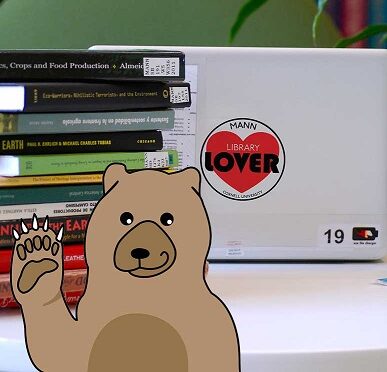
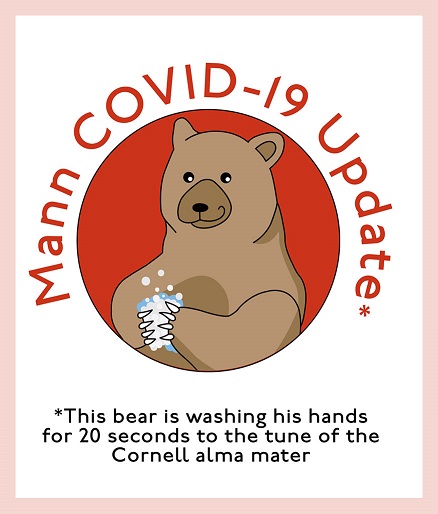
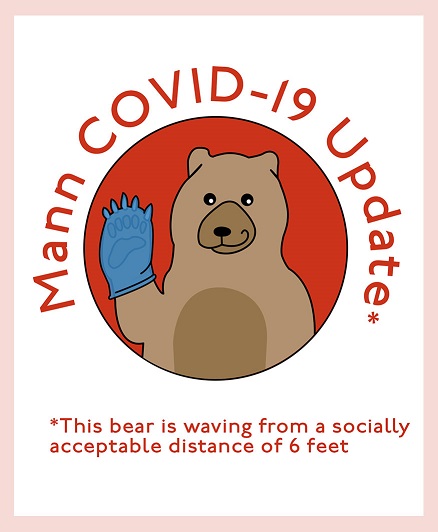
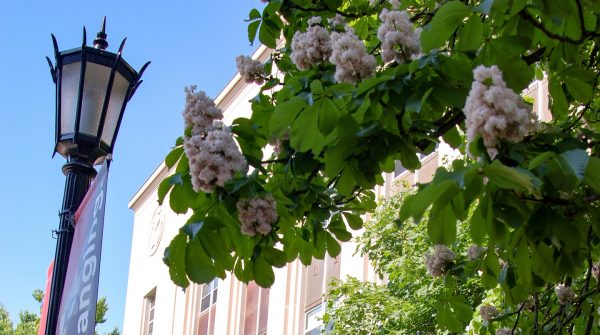





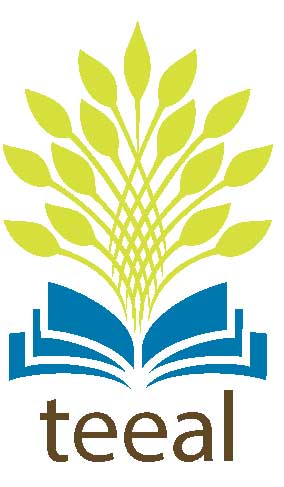



 They’ve been called our country’s best idea, a space to connect with each other and something bigger than ourselves, a remarkable expression of democracy, preserving for everybody and for all time some of the earth’s most breathtakingly beautiful wilderness. And this year our national parks are being celebrated for a major milestone: The 100th anniversary of the U.S. national park system.
Formally, the National Park Service came into being with legislation signed by President Woodrow Wilson on August 25, 1916. But the roots that nurtured the birth of the NPS reach much deeper into U.S. cultural history, fed by earlier legislation (such as the 1864 act signed by Abraham Lincoln to protect Yosemite Valley) and values and visions shaped by generations of thinkers, writers, scientists, and artists–James Fenimore Cooper, George Catlin, Ralph Waldo Emerson, John Muir, Ferdinand Hayden, Fredrick Law Olmsted, to name a few.
As with any big idea, the story of America’s national park system has many perspectives, some inspiring, some that conflict with each other, some that have yet to be told. A new summer book display at Mann Library puts a spotlight on this multi-faceted history. As the life sciences library at Cornell, Mann’s collection in the areas of conservation, natural resources, and park management is particularly strong. We invite you come browse and explore a little of the philosophies, social and political forces, struggles, achievements, and hard, slogging work that brought America’s national parks into being. In line with the National Park’s Service celebration theme this year, we hope the browse will inspire our audience to go “
They’ve been called our country’s best idea, a space to connect with each other and something bigger than ourselves, a remarkable expression of democracy, preserving for everybody and for all time some of the earth’s most breathtakingly beautiful wilderness. And this year our national parks are being celebrated for a major milestone: The 100th anniversary of the U.S. national park system.
Formally, the National Park Service came into being with legislation signed by President Woodrow Wilson on August 25, 1916. But the roots that nurtured the birth of the NPS reach much deeper into U.S. cultural history, fed by earlier legislation (such as the 1864 act signed by Abraham Lincoln to protect Yosemite Valley) and values and visions shaped by generations of thinkers, writers, scientists, and artists–James Fenimore Cooper, George Catlin, Ralph Waldo Emerson, John Muir, Ferdinand Hayden, Fredrick Law Olmsted, to name a few.
As with any big idea, the story of America’s national park system has many perspectives, some inspiring, some that conflict with each other, some that have yet to be told. A new summer book display at Mann Library puts a spotlight on this multi-faceted history. As the life sciences library at Cornell, Mann’s collection in the areas of conservation, natural resources, and park management is particularly strong. We invite you come browse and explore a little of the philosophies, social and political forces, struggles, achievements, and hard, slogging work that brought America’s national parks into being. In line with the National Park’s Service celebration theme this year, we hope the browse will inspire our audience to go “ As part of the
As part of the